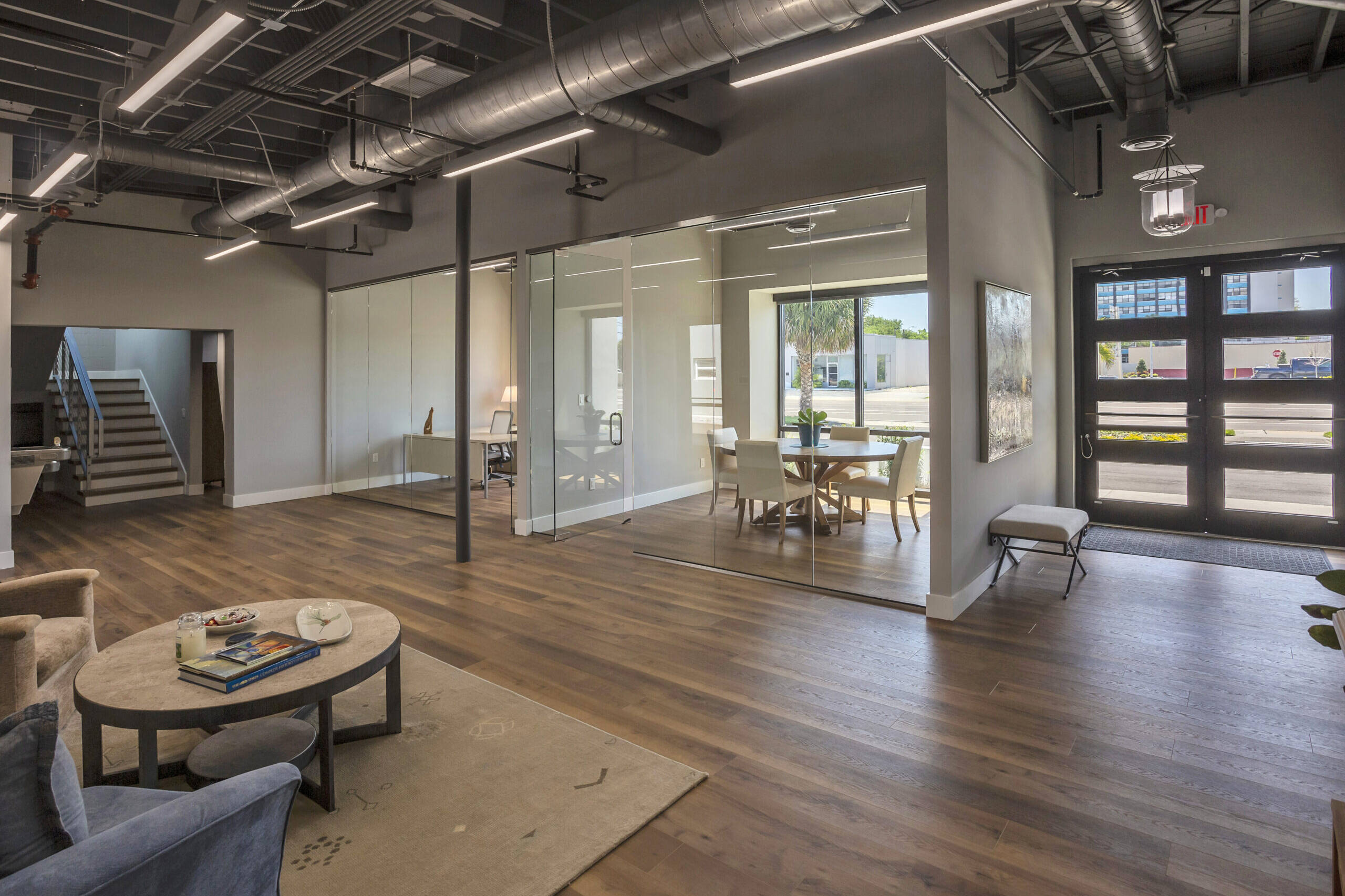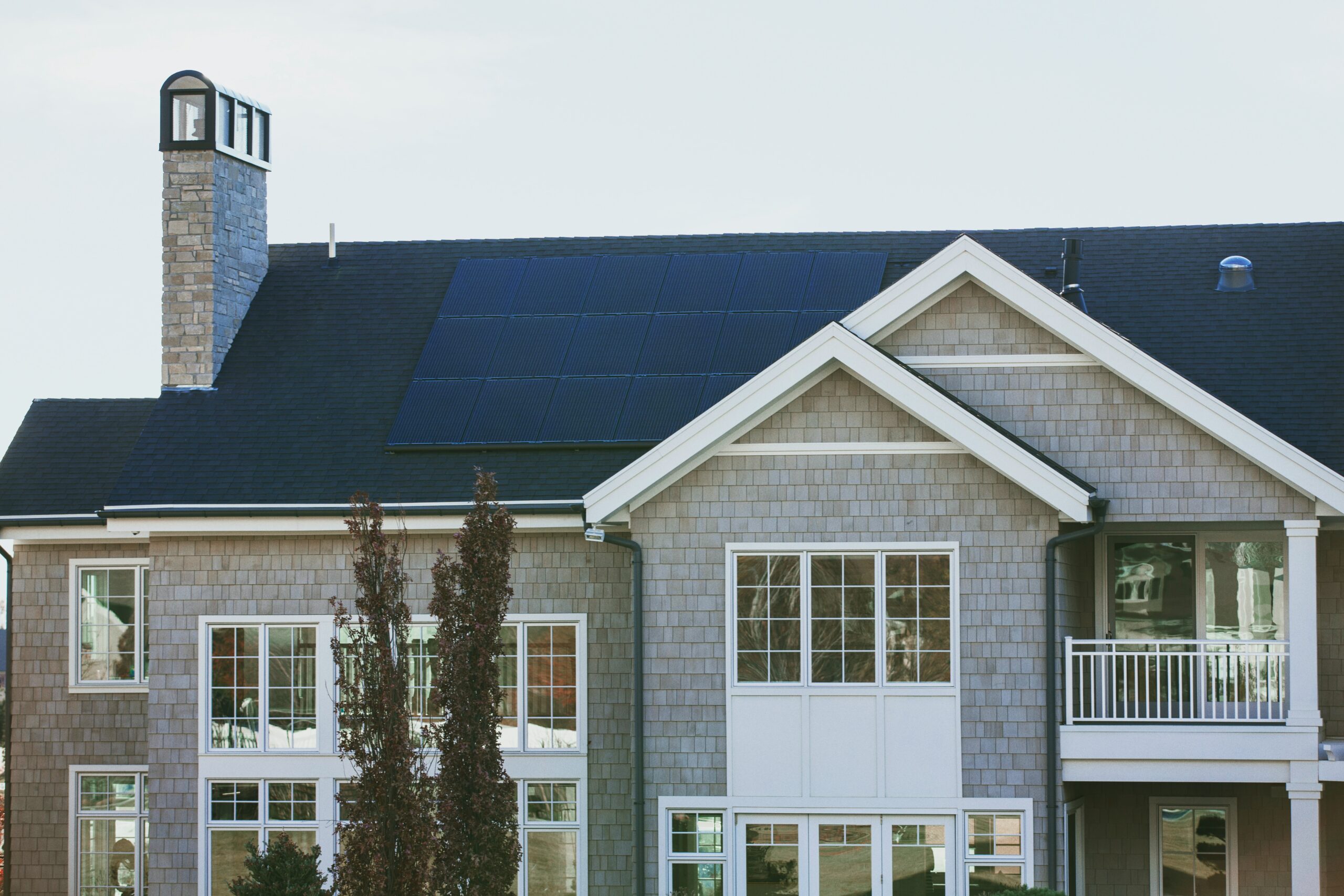Chapter 4: Elements of a Sustainable Retrofit – From Small Steps to Giant Leaps
A Continuum of Choices for a Greener Future
Retrofitting a building isn’t a one-size-fits-all approach. From simple tweaks to transformative upgrades, the level of intervention can be tailored to your budget, goals, and existing infrastructure. Let’s explore the spectrum of possibilities:
1. Simple Swaps, Big Impact
- Replace outdated appliances with ENERGY STAR-rated models. This quick shift can generate significant energy savings over their lifespan.
- Make the switch to LED lighting, and watch your lighting costs plummet. These efficient bulbs offer incredible brightness while using a fraction of the energy.
- Seal air leaks, add weatherstripping, and upgrade insulation – your wallet and the planet will thank you for the reduced drafts and heating/cooling needs.
2. HVAC Havoc: Taming the Energy Monster
- Smart thermostats, smarter savings: Invest in smart thermostats that automatically learn your routines and adjust temperatures. This intelligent approach minimizes energy waste while keeping you comfortable.
- Upgrade the heart of the building: Consider replacing your aging HVAC system with a high-efficiency model. While the initial cost may seem daunting, the long-term energy savings and improved comfort are often worth the investment.
3. Water Wise: Every Drop Counts
- Low-flow faucets and fixtures: These water-saving marvels can significantly reduce your water consumption without compromising performance. Every drop counts, especially in regions facing water scarcity.
- Capture rainwater with a simple barrel system for watering gardens or topping off tanks. This sustainable practice reduces dependence on municipal water and nourishes your greenery.
- Landscaping with a purpose: Opt for drought-resistant plants and xeriscaping practices to minimize water needs and create a stunning, low-maintenance landscape.
4. Deep Dives for Maximum Impact
- Invest in a reflective roof coating that reduces heat absorption and lowers cooling costs, especially in warmer climates.
- Replacing old windows with high-performance models can dramatically improve insulation and natural light access, contributing to both comfort and energy savings.
- For the truly ambitious, consider integrating a solar power system. Generate your own clean energy, reduce reliance on the grid, and enjoy significant long-term cost savings.
5. Renewable Revolution: Power Up Your Sustainability Story
- Harness the wind: Wind turbines, even small-scale residential models, can be a viable option in suitable locations, generating clean energy and adding a touch of eco-chic to your property.
- Geothermal magic: Tap into the Earth’s constant temperature with a geothermal heat pump system. This technology provides efficient heating and cooling while utilizing a renewable resource.
Finding Your Perfect Fit: Prioritize and Plan
The ideal retrofit strategy depends on your unique circumstances. Consider your building’s age, type, location, budget, and sustainability goals. Prioritize measures with the highest impact per dollar and build your retrofit journey progressively. Remember, every step towards a greener building is a victory for the planet.
Next stop: Chapter 5! We’ll explore the financial landscape of retrofits, diving into incentives and financing options to make your green dreams a reality.
By incorporating these suggestions, you can create a more comprehensive and engaging chapter that empowers readers to take action on their retrofit journeys.
Further information to explore:
- Empire State Building Retrofit – showcasing the significant energy savings and financial benefits achieved through a comprehensive commercial retrofit.
https://time.com/6026610/empire-state-building-green-retrofit/ - Financing Efficient and Healthy Retrofits
https://www.energy.gov/eere/buildings/financing-efficient-and-healthy-retrofits - Six strategies for landlords and tenants to internalize energy efficiency and maximize savings.
https://www.imt.org/wp-content/uploads/2019/01/Final-LTEP-Toolkit-February-2020.pdf
Greg Totten
CGC 1529916 · LEED AP BD+C
(727)-386-9480
Share
Related Posts
February 21, 2024
Shaping the Future with Retrofitting Innovations
Chapter 6: Shaping the Future with Retrofitting Innovations
February 11, 2024
Navigating the Challenges of Retrofitting: From Planning to Execution
Chapter 5: Navigating the Challenges of Retrofitting: From Planning to…




